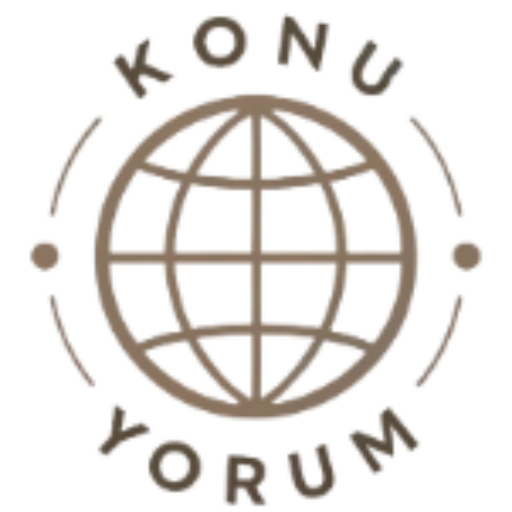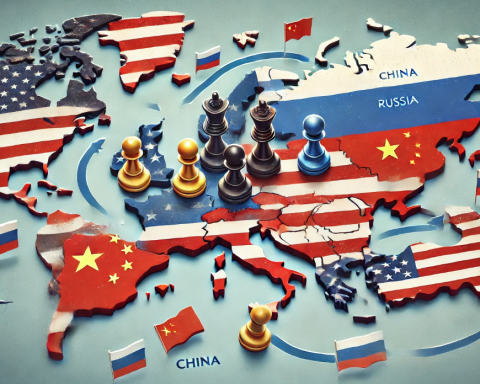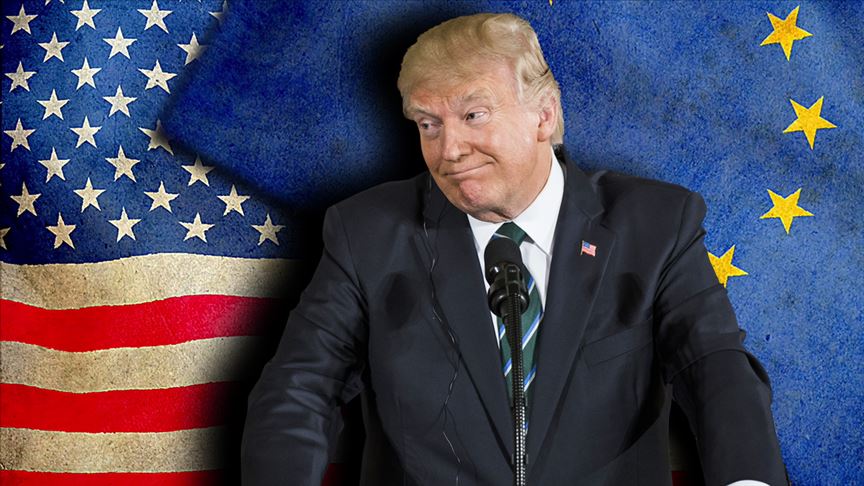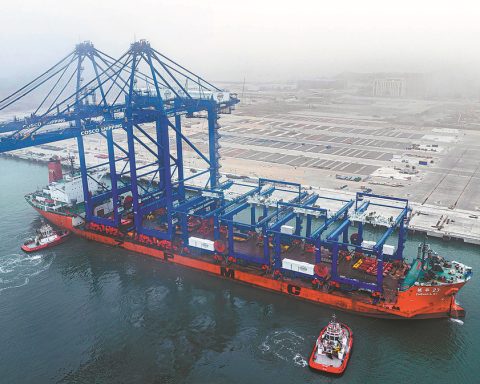Suspected Russian Espionage: Fires at DHL Warehouses Raise Alarm Across Europe
The recent incidents at DHL facilities in Birmingham and Leipzig have drawn attention to an unsettling pattern of arson across Europe, with counter-terrorism investigators increasingly suspecting Russian involvement. These incidents, which saw packages catching fire in warehouses, are just the latest in a string of fires potentially linked to Russian intelligence activities. The stakes are high, as some of these packages could have caused catastrophic damage had they ignited while in transit, particularly aboard aircraft.
The Metropolitan Police confirmed that their counter-terrorism unit is leading the investigation into the July 22 incident in Birmingham, where a suspicious package caught fire at a DHL warehouse in Minworth. The fire was quickly managed by staff and the local fire brigade, resulting in no injuries or significant damage. Authorities are now cooperating with their counterparts across Europe to determine whether this event is connected to similar incidents reported throughout the continent.
Meanwhile, in Leipzig, a package intended for air transport also caught fire in late July. German officials have raised alarms, warning that the consequences could have been disastrous had the package ignited mid-flight. Both incidents only came to light following joint inquiries by The Guardian and German broadcasters WDR and NDR, highlighting what some see as a worrying trend of secrecy surrounding these events.
These fires are not isolated incidents. Throughout this year, a series of arson attacks, believed to be orchestrated by Russian operatives, have targeted various locations in Europe. In the UK, another suspected arson occurred in March when a warehouse in east London, associated with Ukraine, was set ablaze. Seven men were later charged in connection with the incident, which investigators linked to a broader Russian plot. Similarly, a shopping center in Warsaw was destroyed by fire in May, an event that Poland’s Prime Minister Donald Tusk suggested was “quite likely” the work of Russian military intelligence, the GRU.
The implications of these incidents go beyond property damage. As nations like the UK, Germany, and Poland provide ongoing support to Ukraine in its defense against Russia’s invasion, Moscow’s intelligence agencies appear to be escalating their efforts to disrupt daily life in Europe through acts of arson and sabotage. These tactics are not merely acts of vandalism but are aimed at creating fear and instability among Russia’s adversaries.
MI5 chief Ken McCallum recently spoke about the threat posed by Russia’s GRU, describing a “sustained mission to generate mayhem on British and European streets.” He emphasized that these actions are becoming more frequent, involving arson, sabotage, and other forms of covert aggression. These attacks represent a shift in Russia’s approach, leveraging asymmetrical methods to undermine European support for Ukraine and sow discord within NATO countries.
Further deepening concerns is a report by U.S. intelligence in July, which revealed that Russian agents had planned to assassinate Armin Papperger, CEO of the German arms manufacturer Rheinmetall. The alleged plot adds another layer of complexity to the string of hostile actions that appear to be aimed at undermining Europe’s defense sector and its leaders.
DHL, for its part, is responding to these threats by implementing enhanced security measures across its European operations. The company has stated that it is taking proactive steps to protect its network, staff, and customer shipments as investigations unfold. However, the specter of more attacks looms large, leaving companies and governments scrambling to bolster security and prevent further incidents.
The evolving nature of these incidents points to a broader, more insidious strategy by Moscow to intimidate and destabilize. If indeed Russia’s intelligence apparatus is responsible for these acts of arson, it marks a new chapter in the ongoing conflict—a chapter where the battle lines are drawn not just on the fields of Ukraine but also in the commercial warehouses and streets of Europe.
As investigations continue, the international community faces the challenge of confronting these covert operations while ensuring public safety and maintaining resolve in the face of Russian aggression. The fires may have been contained, but the flames of geopolitical tension continue to burn brightly across Europe.













